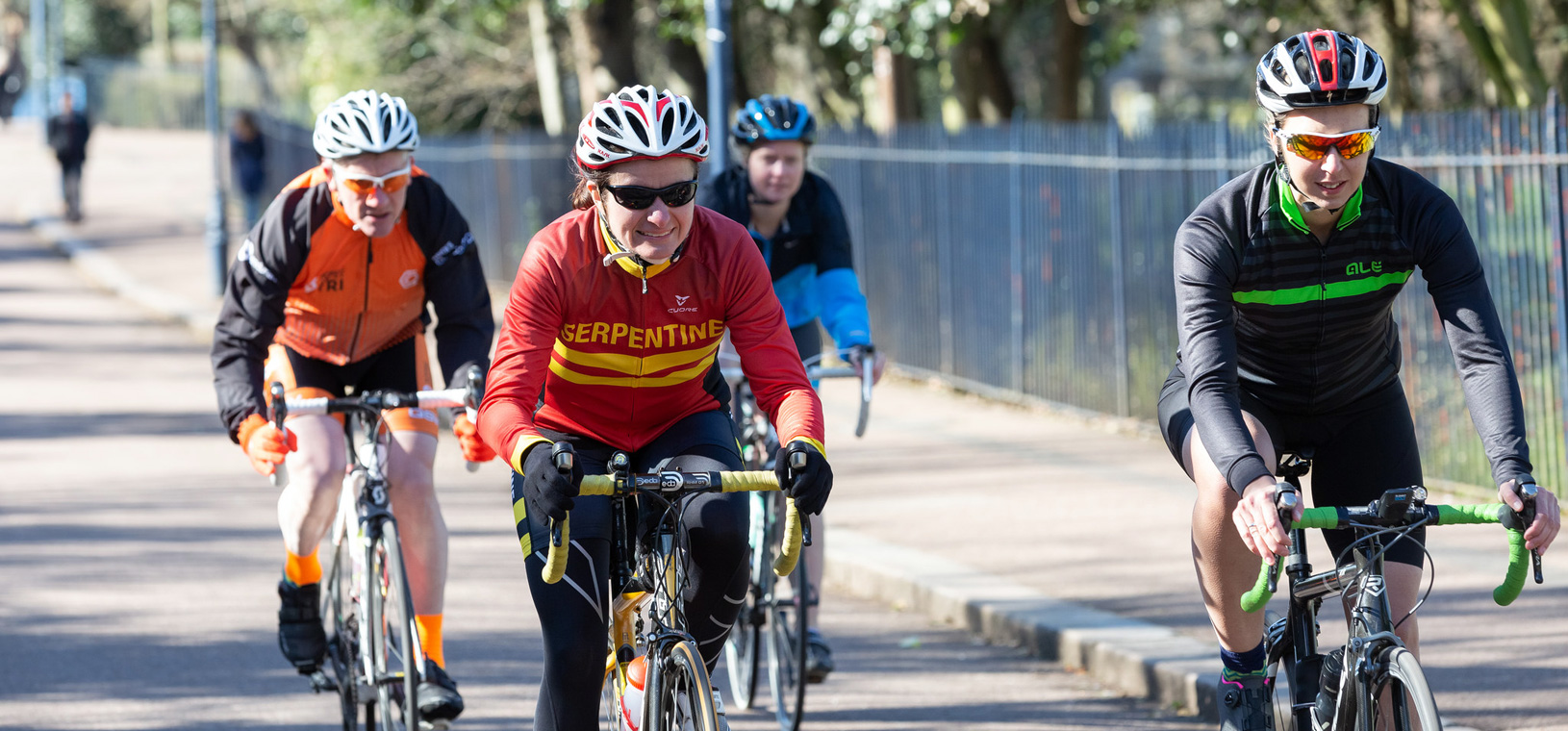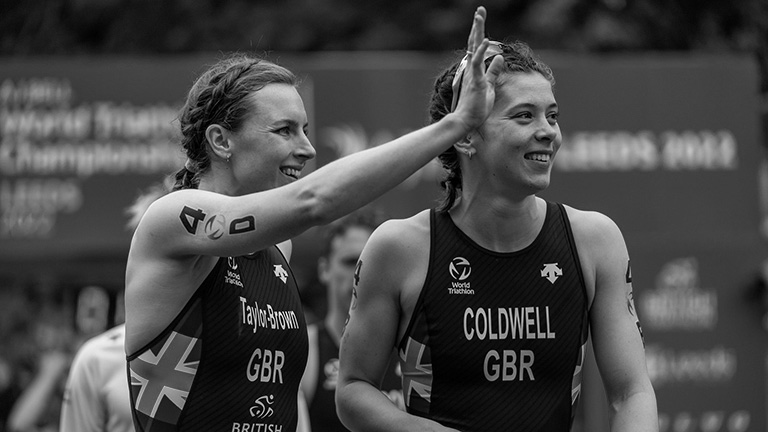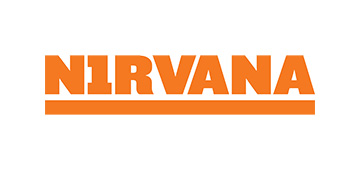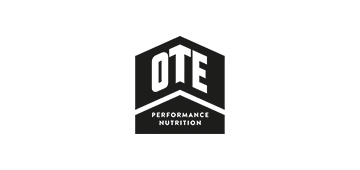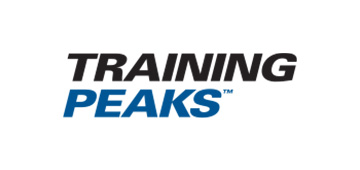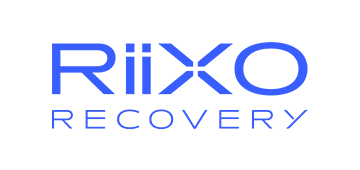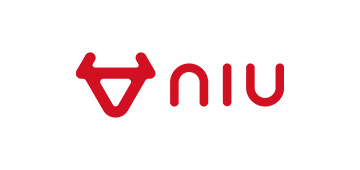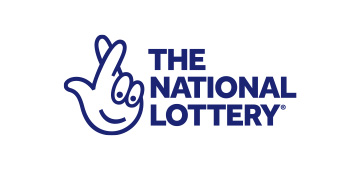How a SMARTER training structure will help you get great results come race day.
The advent of spring brings longer daylight hours and heralds a general upturn in mood. Those triathlon goals you may have set months ago will lose the winter haze and enjoy sharper focus thanks to the lure of warmer biking, sunny runs and fresh open-water swimming. To maintain this renewed enthusiasm and build your performance through to race day, we’ve outlined effective goal-setting and training guidelines.
(Re-)set Your Goals
The practise of goal-setting encourages better focus and enables greater control over the outcome of what you’d like to achieve in your season. They include ‘outcome’ goals, ‘performance’ goals and ‘process’ goals; and early spring is the ideal time to re-evaluate them.
Outcome Goal
If you’ve signed up to an event that you consider to be your main race, such as an standard-distance triathlon or middle-distance triathlon, then your ‘outcome’ goal might be an overall position within your age group, or a certain finishing time. This goal will motivate you through your training for the main event but it doesn’t provide sufficient detail for practical day-to-day planning of how you achieve it.
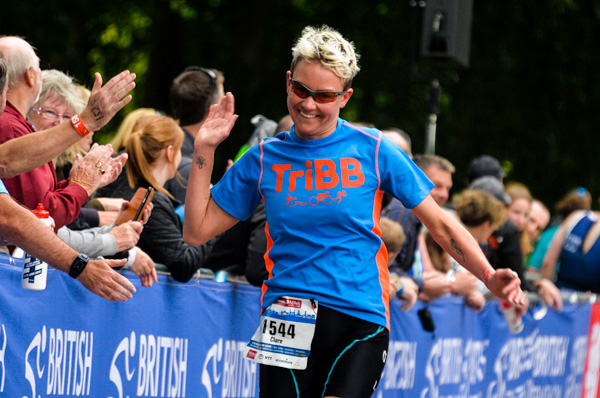
Within all your goals, adopt a ‘SMARTER’ structure.
Performance Goals
That’s where setting ‘performance’ goals come in. These are more specific goals to set for each race discipline, for example, a goal swim time, average power output on the bike leg or running under 40mins. Note these for reference and check in with them on a regular basis to see how you’re improving. But to keep you on track, you then need more granular ‘process’ goals to help you get there.
Process Goals
‘Process’ goals are the most specific of the three types of goals; they are to be set in order to help you focus on the small steps you need to take to reach your performance goals. They’re typically more technique-based such as aiming to keep your elbow high during front-crawl recovery, maintaining an aero position over 50% of bike sessions or keeping a run cadence of 150spm (strides per minute). You should i nclude a focus on process goals with every session.
Within all your goals, adopt a ‘SMARTER’ structure:
Specific – Make goals precise
Measurable – Ensure they are quantifiable (e.g. bike computer)
Accepted – Share them with people in your life
Realistic – Make them challenging but achievable
Time phased – Date your goals
Exciting – They must motivate you
Recorded – Keep a record of goals and improvements
The handy acronym should guide your plans and keep you on track; while alongside this goal structure, there are some guidelines which are also proven effective in triathlon gains.
Training Intensity
When planning your training, whether you’re an age-group triathlete or an Olympian, one time-tested general rule of thumb that has been followed by many athletes is the 80:20 rule. This is where 80% of your week training at low intensity and 20% high intensity. Triathlon is an endurance sport, so maximising aspects such as fat-burning, as you do with long sessions at low intensity, is key. But it also demands power and speed – when climbing a hill or sprinting to the finish line – hence the 20% high intensity. The 80:20 method is by no means the only way of planning training intensity but has worked for many people as a good general overview.
To measure effort, a heart rate monitor (HRM) is an extremely useful and affordable tool. Many types are available, measuring HR either via a chest strap or at your wrist. Whichever model you choose, you can measure and moderate your training intensity as a percentage of your maximum heart rate. There are many different heart rate and intensity scales used but one of the most common splits training intensity into five heart rate zones – from zone 1 (very light training; 50-60% maximum heart rate) to all-out zone 5 (90-100% maximum heart rate).
GPS-equipped models which enable access to online training communities can further help training motivation and route ideas. And, if you have the money, a power meter is a great investment to maximise gains on the bike.
HRMs and power meters are also useful for judging if you’re pushing things too much. For instance, a higher than normal resting heart rate measured when you first wake up is a sign that your body is stressed and fighting off illness. Now, clearly an enforced lay-off isn’t ideal – as consistency of training is key to reaching your goals – but neither is over-training while sick and making yourself worse.
Peace of Mind
Triathlon is a fun, rewarding but, at times, tough sport full of inspiring people. And British Triathlon is here to help. One of the numerous benefits of British Triathlon membership is the insurance that comes as part of the package. As well as being covered when racing in the UK, at British Triathlon events abroad and for those who hit the heights of age-group competing for Team GB, it’s worth noting that – importantly – every member is also insured while training.
As a British Triathlon member, you’re entitled to insurance that’s designed to protect you if you’re held responsible for causing injury to another person or financial loss or damage to someone else’s property. Members are also entitled to ‘no fault’ Personal Accident benefits if they suffer a life-changing injury or in the thankfully incredibly rare event of a fatal accident while participating in triathlon.
By accurately setting goals and monitoring training, you’ll extract more from your training and racing, and truly enjoy that feeling of crossing the line, knowing that you did everything you can to make your best happen.
Interested in becoming a British Triathlon Home Nation member? Find out more about our incredible membership benefits including unlimited entry costs, tailored training plans, exclusive discounts, personal accident and public liability insurance when training and racing and a community to be proud of.

